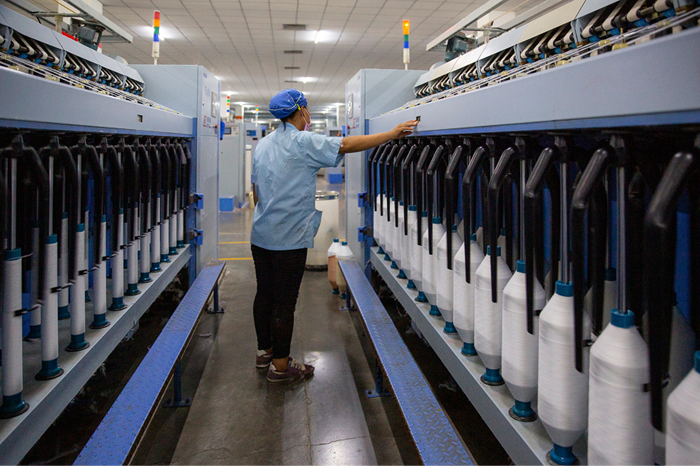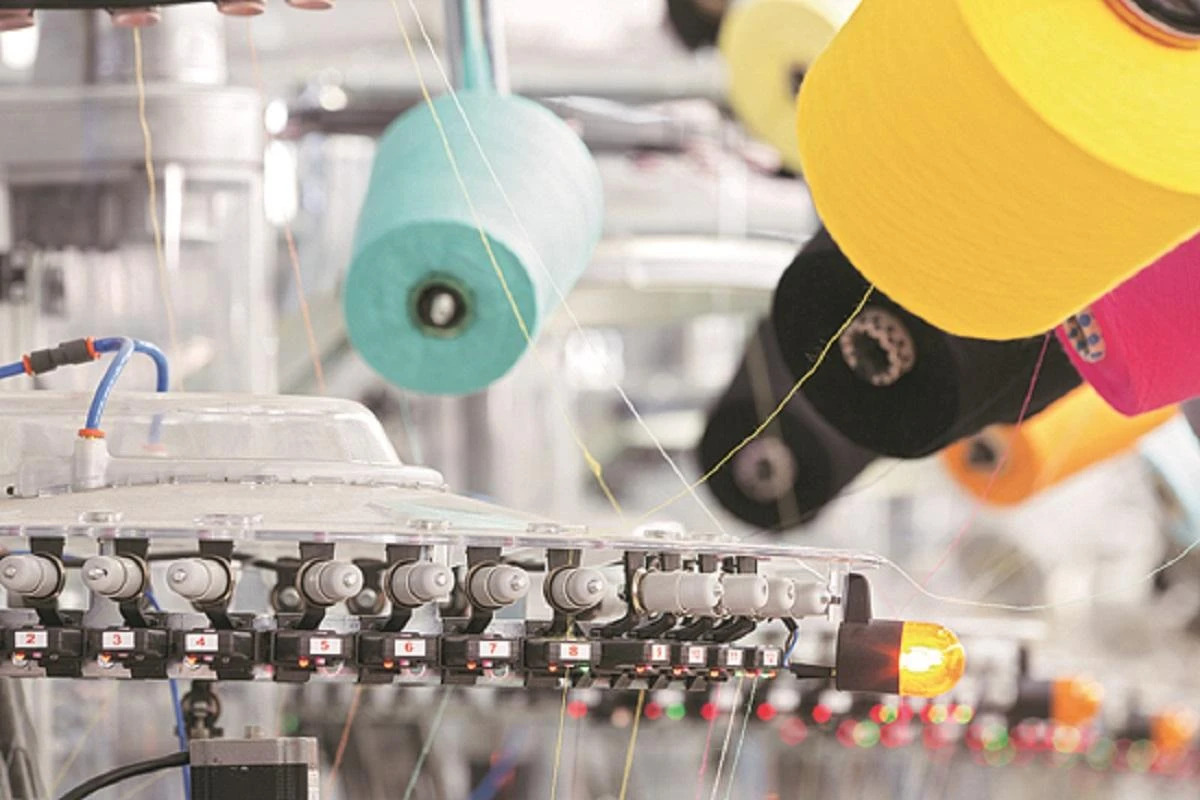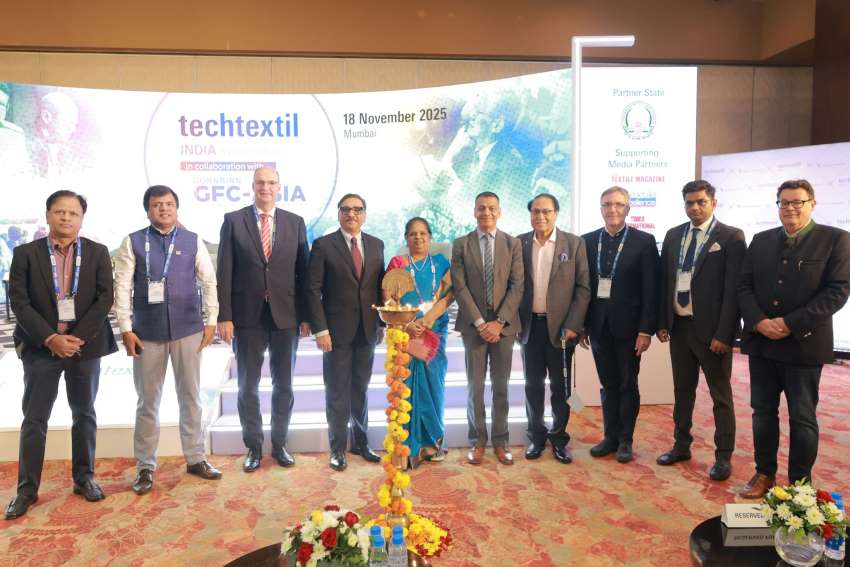Marks & Spencer, is working hard to push home its most ambitious project of overturning more than a century of retail history by taking full control of its supply chain. M&S has been undergoing many changes to adjust to changing demands of its, mainly middle aged customers. After hiring new designers, overhauling its online offering and giving a facelift to stores.
M&S has always relied on third party suppliers to create, manufacture and ship most of its garments. Taking control of the supply chain means a radical departure to create more flexibility in its quest to source faster. Long-term relationships with those mostly British-based firms, based on big orders and long lead times, helped M&S keep prices down and build a reputation for quality. But as its most loyal customers – women aged 50-plus – have become more fashion-conscious, middlemen have hampered M&S’s ability to quickly refresh supplies of fast-selling items before shopper interest tails off.
Shoppers often found the clothes were sold out in their size or were not appropriate for the weather even as new M&S women’s wear collections won praise from the fashion press. In contrast, nimble retailers like Zara-owner Inditex , H&M and Next, which have more direct control over factories, replenish their stores faster and offer a more frequent turnover of styles.
After a mild winter and delivery problems at the new online distribution centre hit Christmas trading, leading to a 14th consecutive quarterly sales decline in the clothing side of the business, pressure mounted on M&S Chief Executive Marc Bolland. But investors seem prepared to give him more time after his revamp of the supply chain started to bear fruit.
While taking tighter control of the company’s supply chain started several years ago, the final push is being given by Hong Kong-based brothers Neal and Mark Lindsey, whom Bolland appointed as joint sourcing directors last year. The pair previously worked at Next, where they pioneered ‘virtual manufacturing’, a process that enables designers to produce patterns and layout plans for cutting fabric so they can give precise instructions to distant factories.
Adopting the Next model is a big shift for M&S, which until recently ordered most of its stock through so-called full service vendors. M&S has already taken control in the last few years of most logistics for the 40,000-odd shipping containers it fills a year, leaving detailed product design and factory liaison as the last jobs to come in-house.












